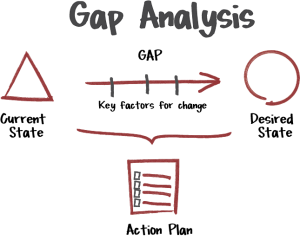
The short answer is yes – the product/team will benefit by having web/app analytics tracking as part of the definition of done (DoD).
The only time that a separate analytics tracking story should be written and played is typically in the scenario of:
- There’s no existing analytics tracking, so there’s tracking debt to deal with including the initial API integration
- A migration from one analytics provider to another
The reason why it’s important to ensure that analytics/tracking is baked into the actual feature acceptance criteria/DoD, is so then:
- You can measure the value/outcome which the output had on the customer
- It doesn’t get forgotten
- It drives home that having tracking attached to a feature before it goes live is just as important as QAing, load testing, regression testing or code reviews
Unless you can measure the impact of a feature, it’s hard to celebrate success, prove the hypothesis/whether it delivered the expected outcome or know whether it delivered any business value – the purpose of product development isn’t to deliver stories or points, it’s to deliver outcomes.
Having a data-driven strategy isn’t the future, it’s now and the advertising industry adopted this analytics tracking philosophy over two decades ago, so including analytics tracking within the DoD will only help set the product/team up for success.


